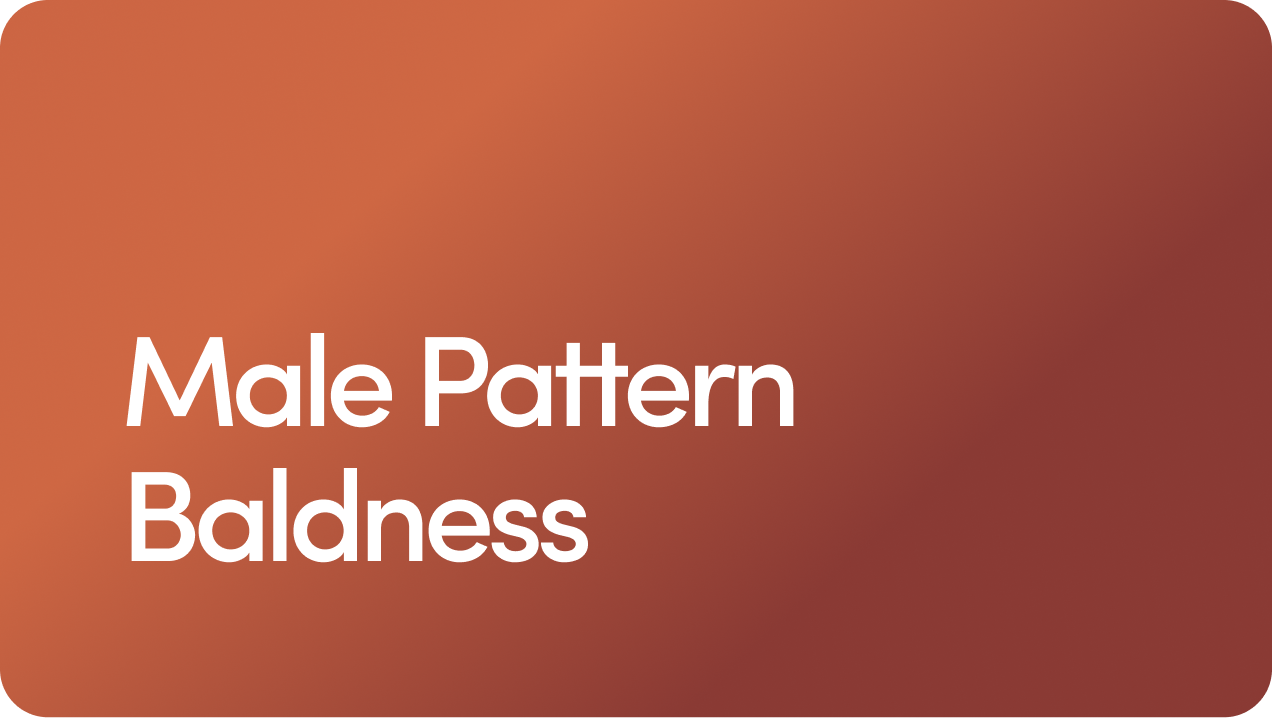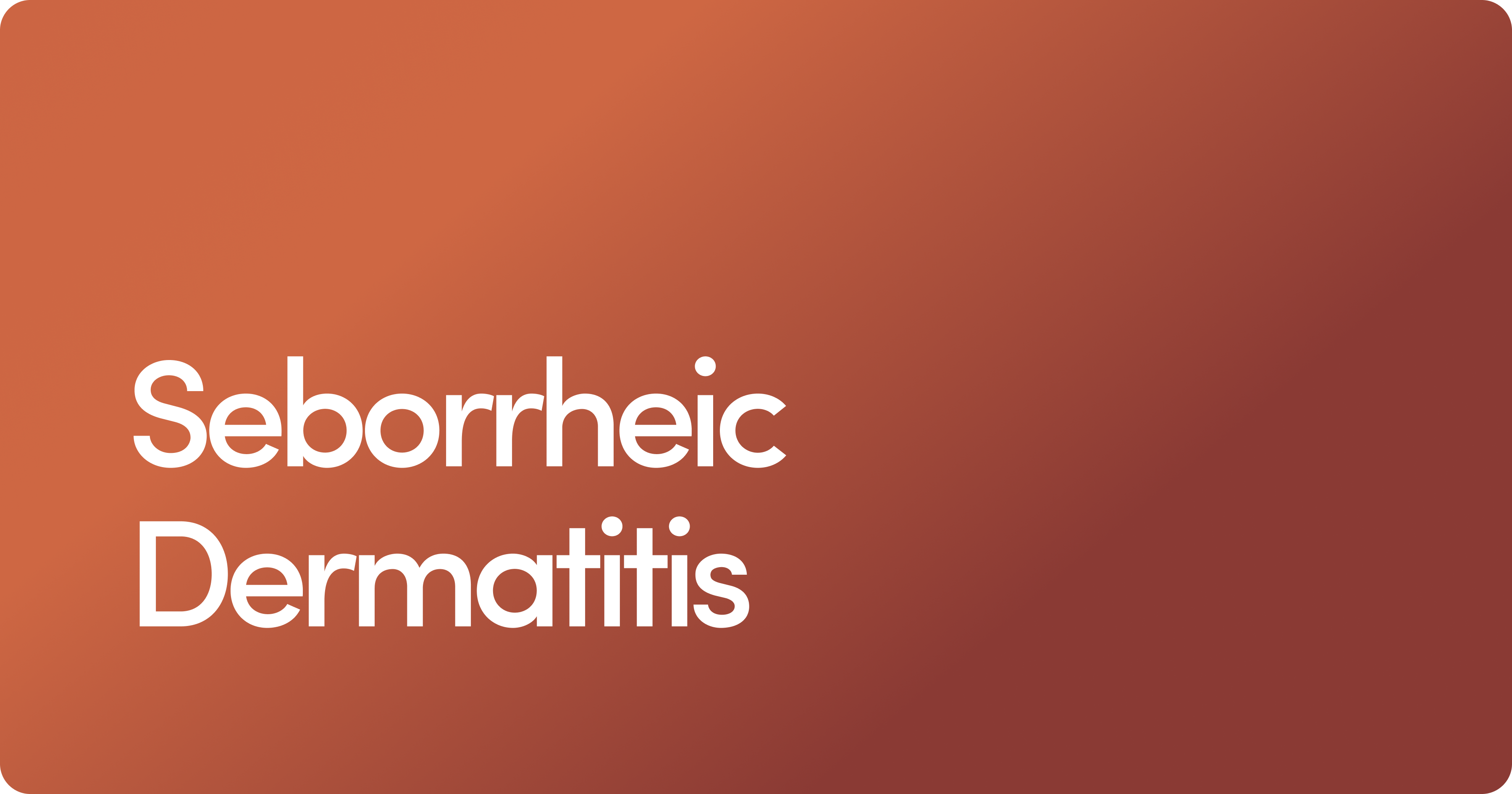Content
FDA approved for more than 25 years
Can Biotin Cause Acne?

Biotin is an essential vitamin and a popular supplement, but can biotin cause acne? It’s possible, though it would be hard to say for sure whether it’s the actual cause.
Picture this: You’re getting ready for a date when you look in the mirror and discover an unsightly pimple emerging from your forehead.
This has been happening more lately and you’re not sure why. Is it job stress, sweating it out at the gym, or the biotin supplement you started taking for your hair? Let’s focus on that last one.
Content
Biotin (vitamin B7) is a water-soluble vitamin involved in converting food to energy, supporting nervous system health, and maintaining healthy skin, hair, and nails — which explains why it’s often found in skin and hair supplements.
However, some people are concerned biotin may be making their acne worse. Does biotin help acne or cause it?
We’ll look at the relationship between biotin supplements and skin health, including whether they’re helpful or harmful for treating pesky pimples.
Why Biotin Matters
Biotin is an essential component of enzymes involved in metabolic processes like breaking down carbohydrates, fats, and proteins. It also helps your body convert food into energy to support growth and development.
Evidence suggests biotin is a key player in healthy nervous system function and normal blood sugar levels.
And some research indicates it’s important for regulating certain inflammatory responses in the body as well as immune functions, like the activity of white blood cells (which help your body fight germs).
Biotin deficiency is rare but possible. It might be influenced by a genetic defect or by not consuming enough food sources of this vitamin.
Some people have a higher risk of developing low biotin levels. This includes pregnant people and breastfeeding women, likely because of metabolism changes during pregnancy and lactation.
Possible signs that your body is lacking adequate amounts of biotin include:
Brittle nails
Tiredness
Seizures
Changes in hair growth, like thinning hair or hair loss
Depression or low mood
Dry skin, especially a scaly red rash around the mouth, eyes, or nose
Fortunately, biotin is a widely available nutrient in foods like:
Egg yolks
Nuts and seeds (think almonds, peanuts, and sunflower seeds)
Legumes (lentils, peas, and soybeans)
Whole grains (oats, barley, and wheat)
Organ meats (liver and kidney)
Fish (especially salmon and sardines)
Dairy products (milk, cheese, and yogurt)
Avocados
Mushrooms
Sweet potatoes
Still, lots of folks decide to add a biotin supplement to their routines, thinking it may support healthy skin. But biotin isn’t a standard first-line acne treatment recommended by most dermatologists.
Effects of Biotin on Skin Health
Since acne is such a common skin complaint, there’s no shortage of acne treatments. We’re talking daily cleansers, ointments, cleansing pads, and oral supplements like biotin.
Because low biotin levels may lead to changes in your skin, hair, and nails, this nutrient is commonly thought to be important for their health and appearance.
When biotin was discovered, it was originally called “vitamin H” after the German words “haar” and “haut,” respectively meaning “hair” and “skin.”
While evidence is limited, biotin supports the production of fatty acids that some researchers think nourish the skin and help maintain its hydration and smoothness.
Therefore, having adequate biotin levels may help improve the barrier function of your skin, protecting it from the elements and reducing dryness and irritation.
See our blog for tips on building a skincare routine for men.
We get it: When your face breaks out, you’re on a mission to determine the culprit.
If you’ve been taking a biotin-containing supplement and are suddenly seeing pimples, you might assume the two are related.
Some people blame biotin for acne breakouts because high doses of biotin supplements may interfere with the absorption of other B vitamins — particularly vitamin B5 (pantothenic acid), which plays a role in maintaining healthy skin.
When biotin levels increase, pantothenic acid levels may decrease, possibly triggering skin changes like acne.
Beyond that, biotin might make the sebaceous (oil) glands in your skin produce more sebum. This could result in trapped skin cells that contribute to clogged pores and breakouts in those already prone to acne.
However, there’s not enough evidence to say biotin supplements directly contribute to the development or worsening of acne, and more research is needed.
So, if you’re wondering how to avoid pimples when taking biotin, you can breathe a sigh of relief.
Possible Causes of Acne
If you’re seeing more acne, many other factors may be involved, such as:
Hormonal changes
Stress, which increases cortisol levels, leading to more oil production
Certain medications, like corticosteroids, antidepressants, and birth control pills
Dietary supplements like iodine, whey, and muscle-building products
Diet, particularly eating lots of refined sugars, dairy, or high-glycemic foods
Skincare products, including comedogenic (pore-clogging) formulas
Genetics
Environmental factors, such as pollution or excessive humidity
Over-cleansing or an aggressive skincare routine, which can irritate the skin and increase oil production
Can biotin cause acne? On the contrary, more research actually points to the benefits of biotin in treating acne.
Does Biotin Help Acne?
Some studies suggest biotin can help treat comedonal acne and support clear skin. This type of acne typically manifests as blackheads and whiteheads on the chin and forehead.
Biotin supplements might also help alleviate red, flaky rashes and irritated skin caused by acne.
In a 12-week randomized controlled trial, researchers found that both a topical cream and an oral biotin-containing supplement significantly improved mild to moderate acne in adults. But it’s important to note that biotin wasn’t the only vitamin or ingredient used in the acne treatment.
This seems to be a fairly common conclusion in research. Many promising acne treatments contain biotin, but researchers are unable to say if improvements were from biotin alone.
How to Treat Acne With B Vitamins
There’s no standard guidance for how to treat acne with biotin or other B vitamins, given that the evidence is so sparse.
But biotin is present in many foods, along with other B vitamins and nutrients.
It also doesn’t have a tolerable upper intake level (UL) — that’s the maximum daily amount of a nutrient that’s unlikely to cause harmful effects in most people, according to health authorities like the National Academy of Medicine.
This is because excess amounts of water-soluble vitamins are typically excreted in urine (you pee them out) rather than stored in the body, making toxicity from biotin supplementation rare.
Still, you don’t need to take high doses of biotin. While a large amount of biotin is unlikely to cause or worsen pimples and other skin conditions, it’s probably not going to help, either.
The best way to make sure you’re getting enough biotin is to eat a variety of biotin-rich foods. You can also take a multivitamin containing the recommended daily biotin intake of 30 micrograms (mcg).
If you’re experiencing blemishes, especially as a grown man, it’s understandable to look for a root cause and want to find a solution.
Can biotin cause acne? There’s not much research to support this, but it’s possible.
Here are some key points to remember when it comes to biotin and acne management:
Acne is multifactorial. Many things contribute to the health and appearance of your skin, including stress, hormonal changes, diet, and personal care products. Whether you’re taking biotin is unlikely to be the ultimate determining factor for developing acne.
Biotin may (or may not) help. There’s no definitive evidence that biotin directly causes or helps acne. Some research suggests it can support skin barrier function, while other experts think the relationship between biotin and vitamin B5 may play into skin changes that contribute to annoying zits.
It’s worth a shot. Could it help? Maybe. Fortunately, supplemental biotin has a low risk for side effects and doesn’t have an established upper safety limit, so it may be worth a gamble.
Lots of foods contain biotin. This nutrient is also widely available in foods. You can ensure you’re getting the recommended daily amount by eating things like egg yolks, nuts, seeds, legumes, and avocados. Or consider taking a multivitamin.
Acne is annoying, but it doesn’t define you. If you’re concerned about breakouts or other skin changes, it’s best to see a dermatology specialist or another healthcare provider for proper examination, medical advice, and treatment options.
Ready to take a step toward healthier skin? Hims can help. Take our free online skin care assessment to get connected with a licensed healthcare professional and explore custom skincare prescriptions.
This article is for informational purposes only and does not constitute medical advice. The information contained herein is not a substitute for and should never be relied upon for professional medical advice. Always talk to your doctor about the risks and benefits of any treatment. Learn more about our editorial standards here.
13 Sources
- Aksac SE, et al. (2021) Evaluation of biophysical skin parameters and hair changes in patients with acne vulgaris treated with isotretinoin, and the effect of biotin use on these parameters. https://pubmed.ncbi.nlm.nih.gov/33682085/
- Güder H, et al. (2023). A retrospective evaluation of the laboratory findings of dermatology patients whose biotin levels were checked. https://www.ncbi.nlm.nih.gov/pmc/articles/PMC10404308/
- Kuroishi T. (2015). Regulation of immunological and inflammatory functions by biotin. https://pubmed.ncbi.nlm.nih.gov/26168302/
- Lipner SR. (2020). Update on biotin therapy in dermatology: time for a change. https://pubmed.ncbi.nlm.nih.gov/33346513/
- Meixiong J, et al. (2022). Diet and acne: a systematic review. https://pubmed.ncbi.nlm.nih.gov/35373155/
- Office of Dietary Supplements (ODS). (2022). Biotin fact sheet for health professionals. https://ods.od.nih.gov/factsheets/Biotin-HealthProfessional/
- Piraccini BM, et al. (2019). Biotin: overview of the treatment of diseases of cutaneous appendages and of hyperseborrhea. https://pubmed.ncbi.nlm.nih.gov/31638351/
- Saleem F, et al. (2023). Biotin deficiency. https://www.ncbi.nlm.nih.gov/books/NBK547751/
- Tolino E, et al. (2018). Novel combination for the treatment of acne differentiated based on gender: a new step towards personalized treatment. https://pubmed.ncbi.nlm.nih.gov/29417793/
- Trüeb R. (2016). Serum biotin levels in women complaining of hair loss. https://www.ncbi.nlm.nih.gov/pmc/articles/PMC4989391/
- Vaidya T, et al. (2024). Evaluating common ingredients contained in dietary acne supplements: an evidence-based review. https://www.ncbi.nlm.nih.gov/pmc/articles/PMC10941853/
- Zamil DH, et al. (2020). Acne related to dietary supplements. https://pubmed.ncbi.nlm.nih.gov/32941710/
- Zari S, et al. (2017). The association between stress and acne among female medical students in Jeddah, Saudi Arabia. https://www.ncbi.nlm.nih.gov/pmc/articles/PMC5722010/
Editorial Standards
Hims & Hers has strict sourcing guidelines to ensure our content is accurate and current. We rely on peer-reviewed studies, academic research institutions, and medical associations. We strive to use primary sources and refrain from using tertiary references. See a mistake? Let us know at [email protected]!
This article is for informational purposes only and does not constitute medical advice. The information contained herein is not a substitute for and should never be relied upon for professional medical advice. Always talk to your doctor about the risks and benefits of any treatment. Learn more about our editorial standards here.
Knox Beasley, MD
Education
Bachelor of Science, Life Sciences. United States Military Academy.
Doctor of Medicine. Tulane University School of Medicine
Training
Dermatology Residency. San Antonio Uniformed Services Health Education Consortium
Certifications
Board Certified. American Board of Dermatology
Medical Licenses
Dr. Beasley is licensed in all 50 states
Affiliations & Memberships
Fellow, American Academy of Dermatology
Specialties & Areas of Focus
Hair Loss, Dermatology
Years of Experience
10 years of clinical practice as a Dermatologist
Previous Work Experience
Medical Director - YouHealth Medical Groups, 2025–
Private practice, 2024–
Chief of Dermatology - , 2015–2019
Publications
Wilson, L. M., Beasley, K. J., Sorrells, T. C., & Johnson, V. V. (2017). Congenital neurocristic cutaneous hamartoma with poliosis: A case report. Journal of cutaneous pathology, 44(11), 974–977.
Banta, J., Beasley, K., Kobayashi, T., & Rohena, L. (2016). Encephalocraniocutaneous lipomatosis (Haberland syndrome): A mild case with bilateral cutaneous and ocular involvement. JAAD case reports, 2(2), 150–152.
Patterson, A. T., Beasley, K. J., & Kobayashi, T. T. (2016). Fibroelastolytic papulosis: histopathologic confirmation of disease spectrum variants in a single case. Journal of cutaneous pathology, 43(2), 142–147.
Beasley, K., Panach, K., & Dominguez, A. R. (2016). Disseminated Candida tropicalis presenting with Ecthyma-Gangrenosum-like Lesions. Dermatology online journal, 22(1), 13030/qt7vg4n68j.
Kimes, K., Beasley, K., & Dalton, S. R. (2015). Eruptive milia and comedones during treatment with dovitinib. Dermatology online journal, 21(9), 13030/qt8kw141mb.
Miladi, A., Thomas, B. C., Beasley, K., & Meyerle, J. (2015). Angioimmunoblastic t-cell lymphoma presenting as purpura fulminans. Cutis, 95(2), 113–115.
Beasley K, Dai JM, Brown P, Lenz B, Hivnor CM. (2013). Ablative Fractional Versus Nonablative Fractional Lasers – Where Are We and How Do We Compare Differing Products?. Curr Dermatol Rep, 2, 135–143.
Siami P, Beasley K, Woolen S, Zahn J. (2012). A retrospective study evaluating the efficacy and tolerability of intra-abdominal once-yearly histrelin acetate subcutaneous implant in patients with advanced prostate cancer. UroToday Int J, June 5(3), art 26.
Siami P, Beasley K. (2012). Dutasteride with As-Needed Tamsulosin in Men at Risk of Benign Prostate Hypertrophy Progression. UroToday Int J, Feb 5(1), art 93. https://www.urotoday.com/volume-5-2012/vol-5-issue-1/48691-dutasteride-with-as-needed-tamsulosin-in-men-at-risk-of-benign-prostatic-hypertrophy-progression.html
Why I Practice Medicine
Dr. Beasley began doing telemedicine while serving in the U.S. Army, providing dermatologic care for soldiers stationed around the world. This experience sparked his passion for telemedicine and inspired his commitment to expanding access to healthcare for patients across the United States.
Hobbies & Interests
In his free time, Dr. Beasley enjoys cooking, reading, and trips to the beach with his wife and two kids (with sunscreen of course).
Related Articles
Related Conditions
 Hair Loss
Hair Loss
 Male Pattern Baldness
Male Pattern Baldness
 Dandruff
Dandruff
 Scarring Alopecia
Scarring Alopecia
 Seborrheic Dermatitis
Seborrheic Dermatitis
